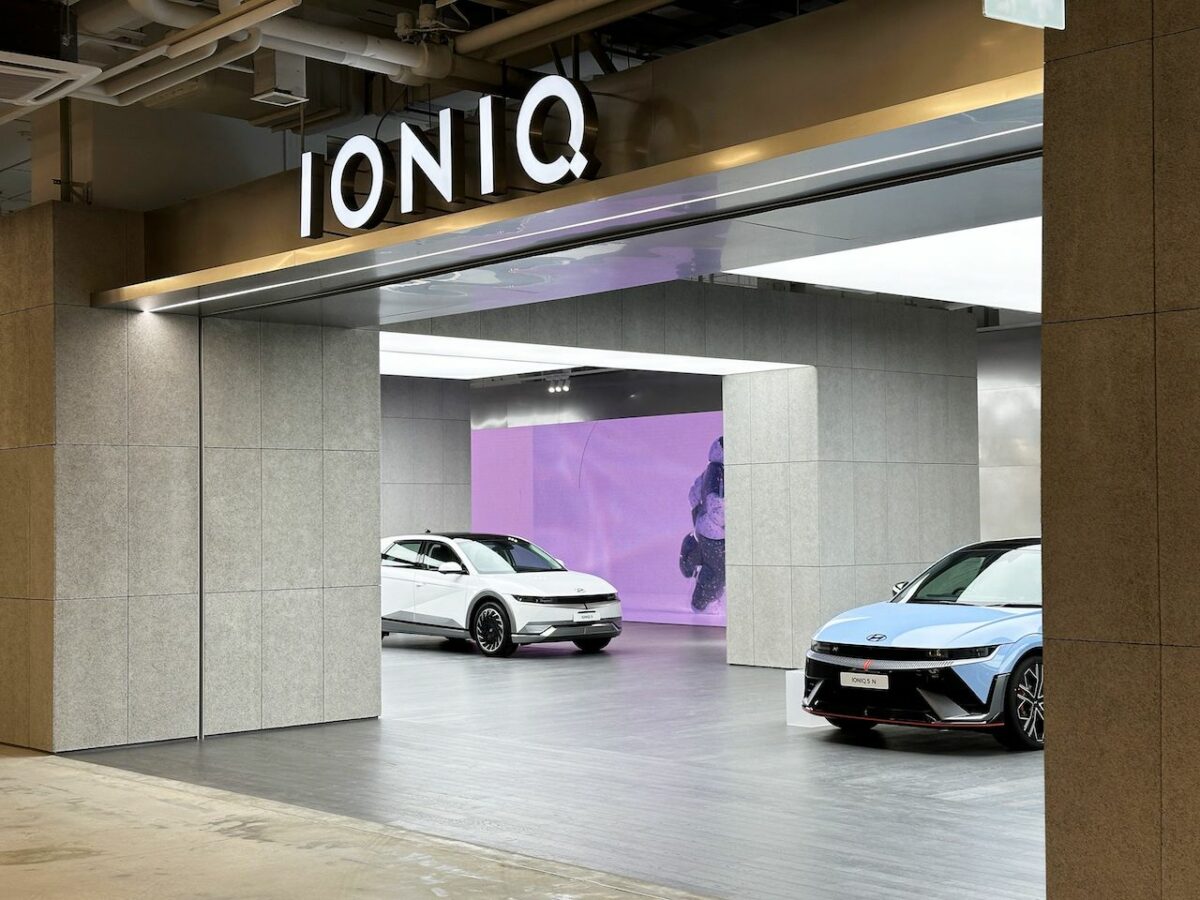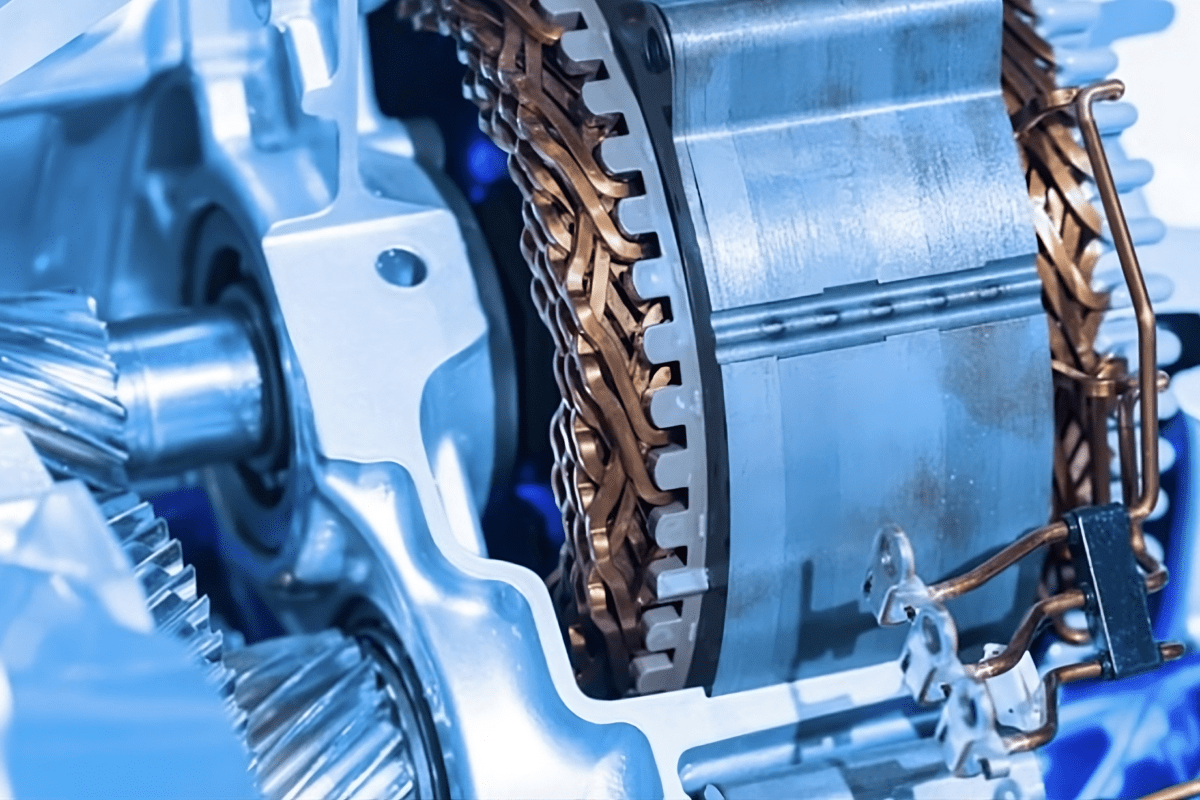With most of the major automotive OEMs developing their approach to electric vehicles and hybrids, and the consumer being offered a choice of models from Honda and Nissan to Reva‘s Electric G-Wiz, the sector is clearly being taken very seriously. While over 90% of motorists have heard of electric vehicles, nowhere near that number has yet to seriously consider the purchase. The UK government’s Plug-in Car grant, under which motorists can receive 25% off the cost of the vehicle, may act as a fillip to growth.
When a Regional Development Agency in the UK (reported by the RAC) conducted public trials of four electric vehicles, 72% of participants said they would use an electric vehicle as their regular car, and said that the car exceeded their expectations on all monitored performance aspects. Overwhelmingly however, the issue of range spoiled the party, with many drivers suffering ‘range anxiety’, despite their typical journeys being shorter than the claimed range of the vehicles. The biggest concern was the distance they could travel on a single charge. Add to that the inevitable time delay in establishing ubiquitous charging points around even urban locations, and it is clear that range is the key issue to be addressed in driving adoption of EVs today. After range, issues of cost and safety are pertinent.
While Li-ion is regarded as the most appropriate technology on account of its high power-to-weight ratio and lack of ‘memory effect’, its performance is limited by use of the traditional carbon anodes. Fortunately there is an alternative.
Delivering the step change in battery performance which these issues demand means better battery chemistry. While Li-ion is regarded as the most appropriate technology on account of its high power-to-weight ratio and lack of ‘memory effect’, its performance is limited by use of the traditional carbon anodes. Fortunately there is an alternative. Silicon is capable of far higher capacity for a given battery size and weight than Li-ion, and silicon can even offer cost advantages too. The beneficial properties of silicon have been known for some time, but the catch has been that silicon suffers from physical fragility when the cell goes through charge / discharge cycles, reducing the cycle life significantly.
Technologists at Nexeon in the UK have found that structuring the silicon prior to incorporating it into cells can almost completely eliminate its degradation during charging, and open the way for the next generation of power batteries. Investors are convinced enough to have put £55m (US$87m) so far into this approach, and have raised funds for establishment of a 250t/annum UK manufacturing facility for the treated silicon.
Silicon is capable of far higher capacity for a given battery size and weight than Li-ion, and silicon can even offer cost advantages too.
On a smaller scale, consumer-type cells have been produced with approximately double the capacity of typical commercial equivalents, and this improvement can be expected to scale well into automotive territory. One global Tier One automotive OEM is already partnering with Nexeon to optimise the silicon technology for electric vehicles by tuning the structural properties of the silicon materials. It aims to achieve the best balance of properties including total energy stored, time between charges and peak available current.
Nor has safety been forgotten: while the US National Highway Traffic Safety Administration (NHTSA) now believes that electric vehicles pose no greater risk of fire than gasoline-powered vehicles, consumer confidence is all-important. The use of new high-performance separators and non-flammable electrolytes will play their part in improving safety, while the introduction of silicon in suitably-designed batteries may help avoid accidental overcharge.
Many of us are increasingly optimistic about the opportunity for an early capture of the environmental benefits of electric vehicles.
The opinions expressed here are those of the author and do not necessarily reflect the positions of Automotive World Ltd.
Dr Scott Brown is Chief Executive, Nexeon Ltd
A spin out of Imperial Innovations, Nexeon is developing a new generation of higher performance lithium-ion batteries based on silicon anodes in place of carbon. Nexeon’s technology will speed up the adoption of electric and hybrid vehicles and significantly improve the performance of cell phones, laptops and other consumer electronics.
The AutomotiveWorld.com Expert Opinion column is open to automotive industry decision makers and influencers. If you would like to contribute an Expert Opinion piece, please contact editorial@automotiveworld.com



